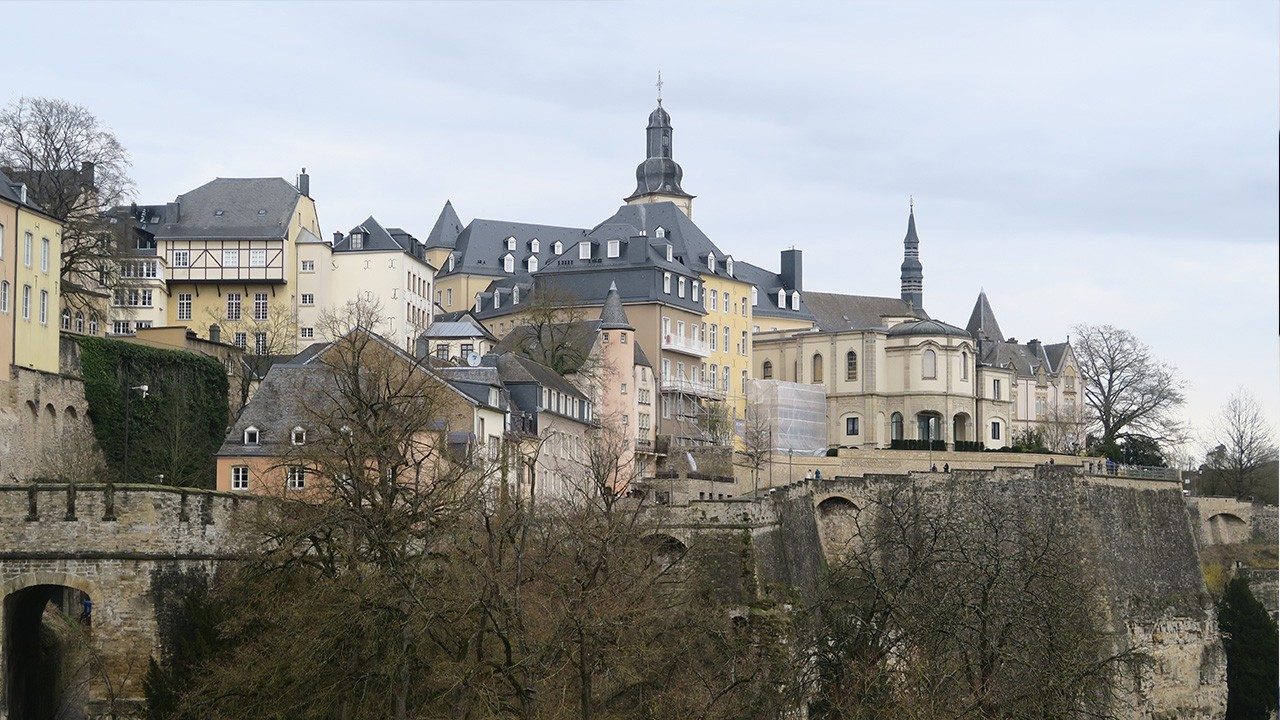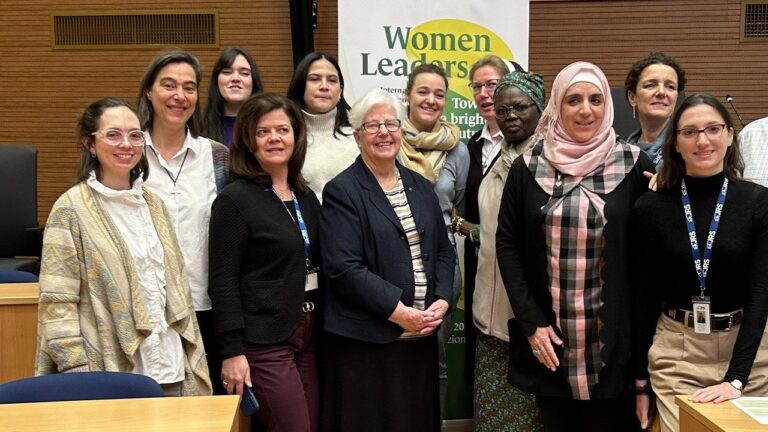An overview of the Church in Luxembourg
Vatican news
As Pope Francis prepares to travel to Belgium and Luxembourg for his 46th apostolic journey, we offer you an overview of the Church in Belgium
By Lisa Zengarini
Christianity arrived in the territory of present-day Luxembourg in the 4th century, from the city of Trier in present-day Germany. It then spread from Echternach, the oldest city in Luxembourg, thanks to the tireless evangelizing efforts of the Anglo-Saxon missionary Saint Willibrord (658-739), “apostle of the Frisians” and patron saint of the Netherlands, Belgium and Luxembourg, who founded a Benedictine abbey there. In the Middle Ages, Benedictines, Franciscans and Dominicans played a major role in the religious and cultural life of the county, which later became a duchy.
A long Catholic tradition
In the Middle Ages, Luxembourgers developed a strong Marian devotion that was later expressed in particular by the cult of Our Lady “Comforter of the Afflicted” (Consolatrix Afflictorum). In 1666, during the Great Plague, the faithful began to pray to a wooden statue of the Virgin, considered miraculous, in the Limpertsberg district of Luxembourg, to ask her to heal the sick. The statue was then transferred to the city’s cathedral. Since then, the local Church has organized an annual Octave pilgrimage, known locally as “Octav”, between the third and fifth Sunday after Easter, which is still the largest religious event in Luxembourg today. This two-week celebration brings together tens of thousands of pilgrims from all over the region each year who take part in celebrations and processions.
Until the 19thth In the 15th century, Luxembourg did not have its own episcopal seat and was for a long time under the jurisdiction of the diocese of Liège (Belgium) to the north, and the archdiocese of Trier (Germany) to the south. Then, following the French Revolution, it was attached in 1801 to the diocese of Metz (France). In 1823, a large part of the territory was annexed to that of the diocese of Namur (Belgium).
The territory finally became autonomous in 1840, when Pope Gregory XVI established the Apostolic Vicariate of Luxembourg, then elevated to a diocese in 1870, and to an archdiocese in 1988.
Visits of the Popes
The Holy See has maintained diplomatic relations with the Grand Duchy of Luxembourg since 1891, when an inter-nunciature apostolic nunciature was established. In 1955, a nunciature was established.
The Grand Duchy was visited in 1985 by Pope Saint John Paul II on the occasion of his apostolic journey to the Netherlands, Luxembourg and Belgium (11-21 May 1985)
Responding to the new challenges of a changing society
Luxembourg is a country with a long-standing Christian tradition and the Catholic Church has always been an integral part of the Grand Duchy’s identity and a point of reference for the Luxembourg people, particularly in the most difficult times of its history, including the two world wars. Catholicism is still the majority religion in the country today. Catholics in the archdiocese, currently headed by Cardinal Jean-Claude Hollerich, SI, represent approximately 67% of its population of 672,000 today, followed by Protestants (5%).
However, with increasing secularisation and the general decline in religious practice, the influence of the Catholic Church has diminished in recent decades. In addition, Luxembourg has increasingly become a multi-ethnic and multi-religious society with several religious minorities, including Orthodox Christians, a small Jewish community and, since the Balkan War in the 1990s, also a growing Muslim community (2.7%), as well as Buddhists and Hindus.
The 4th Diocesan Synod of Luxembourg
Since the 4th Diocesan Synod of Luxembourg (1972-1981), and in the spirit of the Second Vatican Council (1962-1965), the local Church has been striving to respond to the signs of the times by promoting internal renewal, ecumenical and interreligious dialogue and new pastoral initiatives in line with modern culture. The creation of the Council of Christian Churches in 1997 is part of this effort.
The Luxembourg Constitution recognises freedom of worship and expression of religious beliefs and a series of agreements have established various forms of collaboration with the Catholic Church in the sectors of social action and education (Catholic religious education in public schools, co-financing of private schools). Bilateral agreements have also been signed to provide public financial support to religious personnel.
Vatican news
sc





